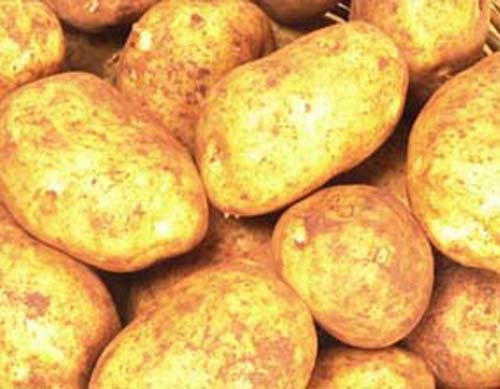Lesson overview
Outcomes
Students recognise that individuals and groups have both common and different attributes and that each individual may be a member of many different groups.
Introduction
The choice of inanimate objects for the analogy is endless. The only restriction is that it belongs to a recognisable group and has its own distinct physical characteristics. eg leaves, rocks, shells.
Worksheets to download
Resources needed
- One potato each – if possible include several varieties
Activities
1. Group potatoes with common characteristics
- Students select one potato each.
- Students examine their potato and have one minute of silence to name and get “acquainted” with their new friend.
- Teacher initiates the activity by showing his/her potato to the class and introducing it by means of a narrative. The story should focus on certain physical characteristics, eg, it has a certain bump because it was dropped on the way to market.
- Students then introduce their potatoes in pairs, groups or to the whole class.
- Students put their “friend” back into the bags. (Is there any difference between the way the students handle their “friend” and how they handled it earlier?)
- Discuss: “All potatoes are the same!”
- Ask the students if they could find their friend again. Invite them to try.
- Students explain a unique feature of their potato which helped them identify it.
- Teacher draws the analogy between potatoes and people and reiterates that a statement such as “they’re all the same” probably means that the person saying it, has not taken the time to get to know his/her friend.
Additional strategies
- Students write group or individual stories about their “friends” or write a factual report on their potato variety.
- Paint a picture showing the character of their “friend” or create a botanical drawing of their potato.
- Students list, or create a Venn diagram of the various groups to which they belong and map the class similarities and diversity.
Copyright
The Prejudice Book- Activities for the Classroom, David Shiman and Barbara McLean. Courtesy of the Alfred Dreyfus Anti-Defamation Unit of B’nai B’rith, NSW

